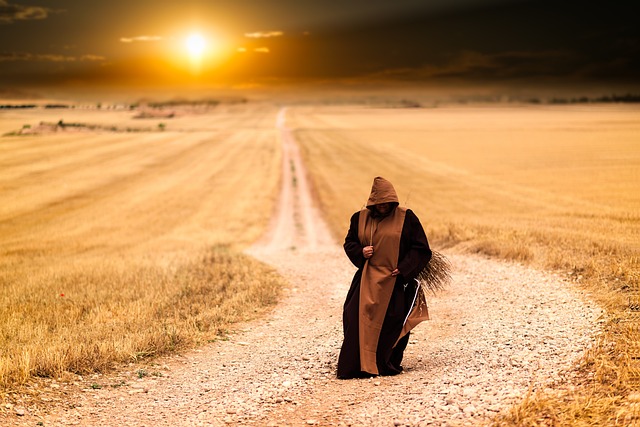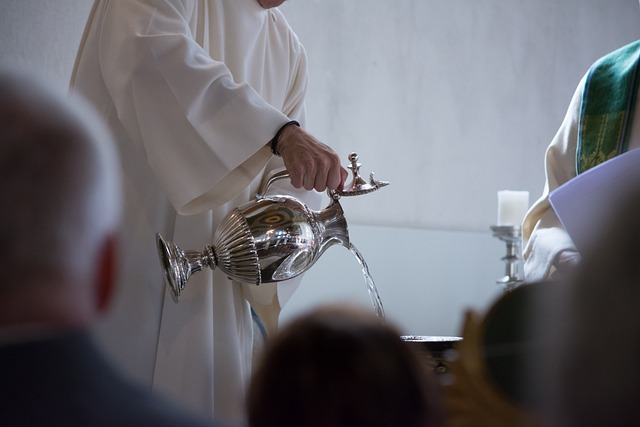Throughout history, worship roads have held deep significance in various religious practices, acting as sacred pathways that connect individuals with the divine. These routes are not merely physical journeys; they symbolize a spiritual quest, an opportunity for introspection and renewal. Whether it’s a pilgrimage to a famous shrine, a local temple, or any place of worship, the experience resonates deeply in the hearts of participants.
The concept of the worship road goes beyond just the act of traveling; it embodies the spirit of seeking. As devotees embark on their journey, they immerse themselves in prayers, chants, and contemplation. Each step taken on these worship roads serves as a reminder of their faith, illuminating their path and guiding their intentions. For many, just being on this journey fosters a sense of community and shared beliefs, drawing individuals together in a collective spiritual experience.
In many cultures, these routes are marked by significant landmarks, such as shrines, altars, and natural formations considered sacred. Pilgrims often stop at these places to offer their prayers, lighting candles or leaving offerings as a demonstration of their devotion. This ritualistic behavior creates a profound connection to the spiritual world, transforming mundane travel into a ritual of holiness.
Moreover, worship roads serve as reminders of the common threads that bind various religions. Despite differences in beliefs and practices, the underlying motivations—faith, hope, redemption—remain universal. Participants often find themselves reflecting not just on their own spirituality, but also on the larger human experience of searching for meaning and connection.
In recent years, there has been a revival of interest in these spiritual pathways. Modern seekers are increasingly realizing the value of unplugging from the chaos of daily life and reconnecting with their spiritual roots. Well-trodden worship roads offer the perfect backdrop for this quest, often leading to breathtaking natural landscapes that enhance the experience. The sound of rustling leaves, flowing rivers, or distant chanting fills the air, creating an atmosphere of serenity that facilitates personal reflection.
As we navigate our own worship roads, we should remember to embrace the journey itself. Every moment spent in contemplation, every interaction with fellow pilgrims, and every prayer lifted up is significant. These experiences contribute not only to our personal growth but also to the broader tapestry of our religious communities. Worship roads remind us that religion is not just about doctrine; it is also about the journeys we take, both physically and spiritually.
So the next time you find yourself on a path dedicated to worship, take a moment to reflect on its significance. It’s not merely a means to an end; it’s a vital part of the emotional and spiritual journey we share as human beings in search of meaning and connection.



